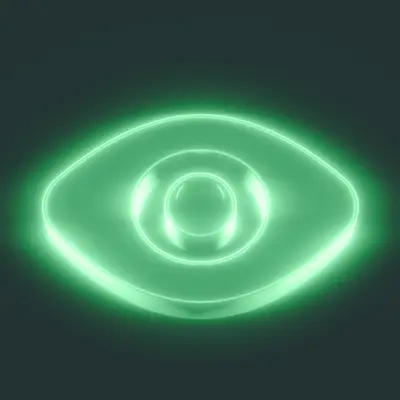From @Ulvain@sh.itjust.works : https://sh.itjust.works/comment/13658165
Additional precisions from @kamen@lemmy.world
It’s important to note that it’s the subject distance that’s the primary factor, not the focal length. The focal length is secondary in that it dictates how far you can be while maintaining the same framing. If you shoot the picture at 200 mm from the example and then without moving you shoot again at 20, you’ll have the same perspective, just way smaller subject in the frame; if you then crop in the picture shot at 20, you’ll have the same framing too, just way less pixels.
If you’re half a metre away from the dude’s nose, you’ll be roughly 60 cm away from his ears (20% more distance), but if you’re 5 metres away from his nose, you’ll be 5.10 m away from his ears (only 2% more distance) - and this is what creates the difference in apparent sizes of the facial features relating to one another.
Awesome content. What do photographers use for portraits?
For standard corporate stuff I shoot at 70mm. For creative stuff I’ve shot from 24mm to 200mm.
If this photo had a background other than a blank wall you’d also see the “dolly zoom” also known as “vertigo effect” where the background gets zoomed in while the subject remains the same size. You get it by zooming in as you walk away from the subject. It’s also how those photos where the moon appears massive are created. You just need a telephoto lens and you take a “closeup” picture of a person really far away while having the moon on the background.
This would be way more useful if it had sensor size and distance to the subject included. While we talk about lens focal lengths a lot, distance to subject is the most important factor for changing the way the face looks because a photo taken with a wider lens can always be cropped to get the same perspective as a longer lens.
it might be more useful to a newer photographer trying to learn about that, but it would just add confusion to the layperson. this is meant explain this neat concept clearly to non photographers.
it’s true though, these kinda of graphics can lead to people misunderstanding this effect as a natural part of the focal length of the lens and less about how far you are from the subject. i had that misunderstood once 😅.
i think the ideal middle ground is probably keeping graphic the same, but adding a comment that explains that detail about it for those who care. a bit like how this all played out actually.
If this is for the layperson, distance makes way more sense than some arbitrary number with “mm” appended to it. Distance also works with common things like eyeballs and phone cameras.
Our brains or eyes automatically account for this, so a familiar face will look the same whether you’re right next to it or across the room. Given that, what focal length most closely approximates the composites our brains create? In other words, what does this guy actually look like?
So… longer focal length equals fuller hair? I‘ll have to remember that 😎


